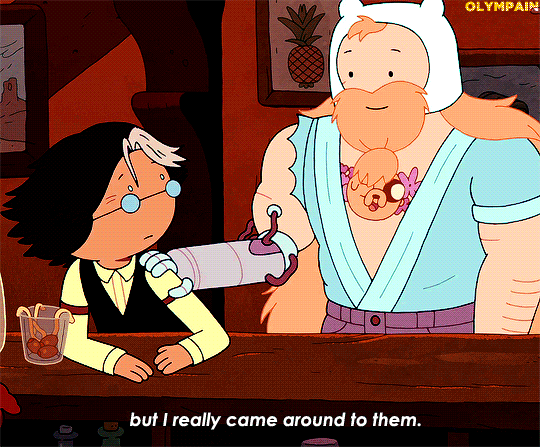
Like most weeks, going through any possible options I might have for my blog I was stuck with not much to talk about. I keep finding that I never have the right things happen to me for this, or I guess “bloggable” things. Everything that has been happening with me lately has either been too personal to blog about, or not interesting enough. I can never find that good balance between the two, it can feel like such a chore sometimes so for this week I decided to share a small excerpt from a project that I am working on.
Grease plagued the nostrils of the two EMT workers when they entered Jolly’s that evening. It was a staple of Bennings, one of the only fast food places that they had. Having a minute population of just over four-thousand people, Bennings was invisible in the eyes of big corporations, and they were aware of it.
“Alright sir that will be $11.94,” the teenage cashier stammered, attempting to speak in a chipper tone.
“Bullshit $11.94, it was $7.50 when I came into this dump last week.” the EMT sputtered.
“Sir, with all due respect I am seventeen years old. I barely have any control in my own job, let alone what your two burgers cost you. You can take it or leave it, I really couldn’t care less.”
“You-” the EMT swiftly being interrupted by his coworker.
“We don’t have time for this Otto”
“John I swear to god if you don’t-”
“I’ll pay,” John said, pulling out a crumpled twenty dollar bill from his jacket pocket.This wasn’t the first time that John had to stop one of Otto’s confrontations from progressing. However John with a towering stature of 6 ‘3 and wide muscular build it wouldn’t have been a very grueling task to break up and situation that might’ve progressed.
“Would you like to sign up for our awards program, or round up to help contribute to Saint Patricks Children’s Hospita-” He was interrupted by a now apparent scowl that sat on Otto’s face. The wrinkles on his forehead speaking words louder than anything that left the confines of his lips.
The ringing of the cash register echoed throughout the empty establishment, Jolly’s was what John would categorize as a “graveyard restaurant.” An establishment littered with black and white photos of Jolly’s from decades prior as an attempt to hold on to its former glory. Now just a shell of itself.
If it wasn’t for the constant humming of rain upon the tin roof the restaurant would have been plagued with silence. “Hey Joe can I get two number fives ple-.” The cashier, interrupted with a sudden boom of thunder, fell back. It was as if the thunder had cascaded down from the clouds and behind the counter. It was an odd type of thunder, it wasn’t the kind of thunder that one would hear at the start of a storm, but the kind that one might hear at its climax.
“Anything new and exciting going on?” John asked casually as he began to flip through his phone. Its small black stature sitting insignificantly within the confines of John’s large palm. However all that this statement was met with was a dismissive chuckle on Otto’s behalf.
The storm continued to roar outside as both men awkwardly scooted into the red and white synthetic leather booth. Jolly’s windows began to vibrate, water cascading down its unwashed exterior, the clouds that were once a light gray now became to stain a deep ashen gray. The sun had begun its descent as they waited impatiently for their food to arrive.







